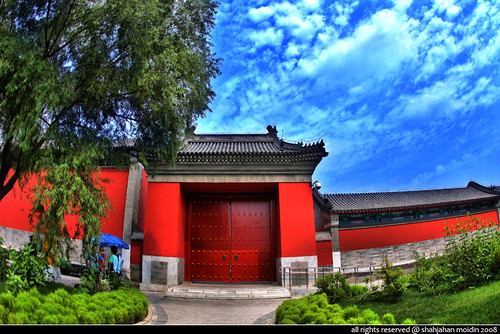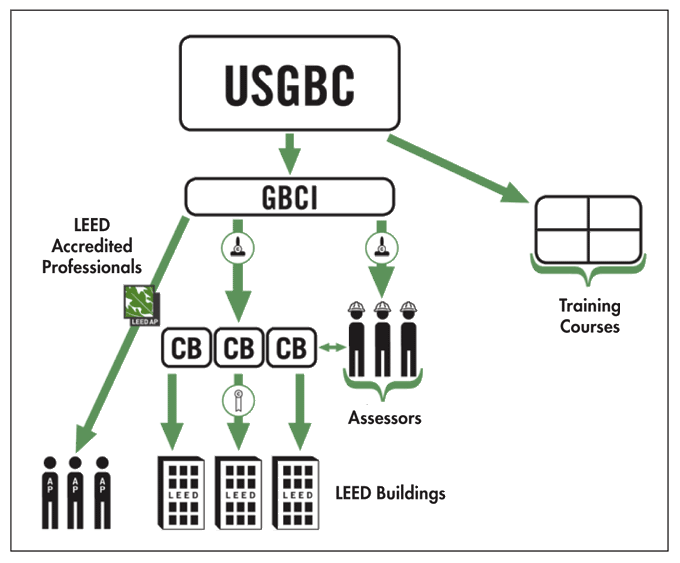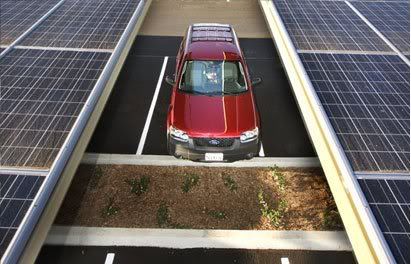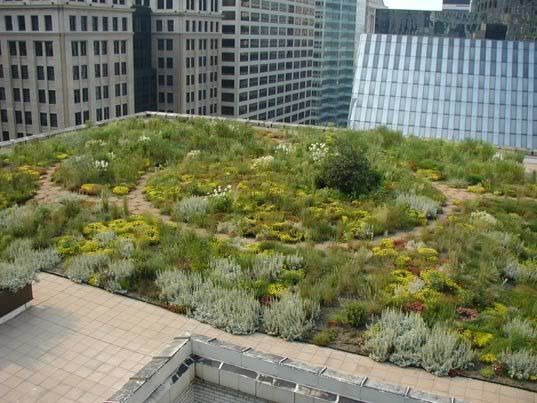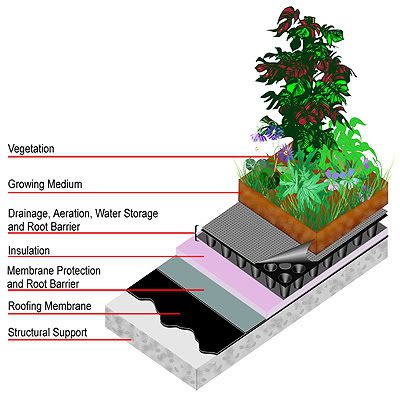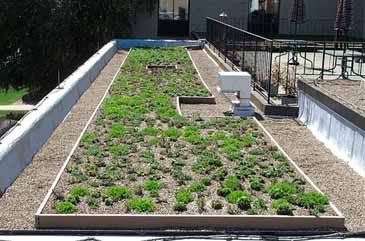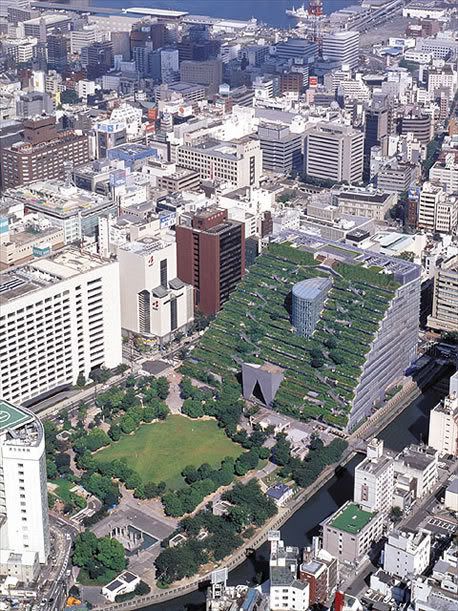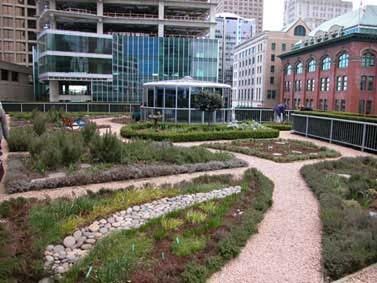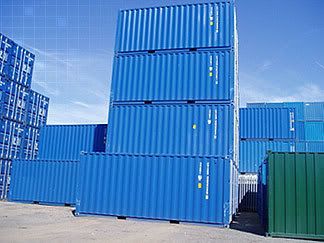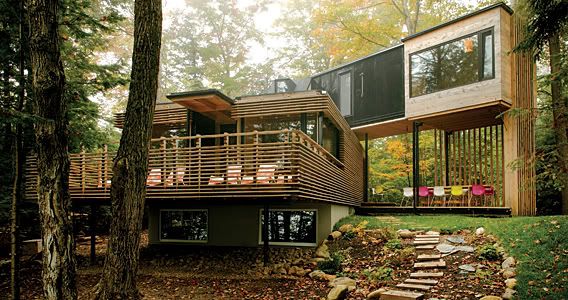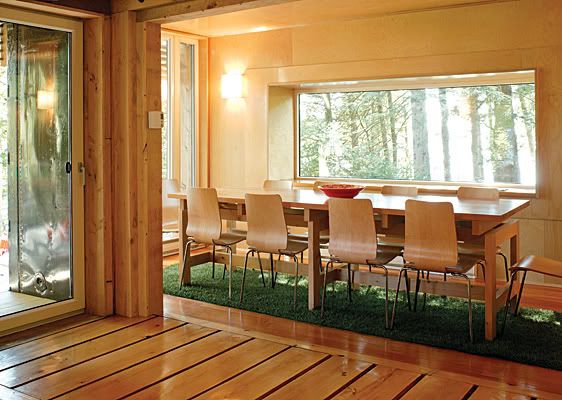
Hawaii has recently announced that all new residential constructions are to be equipped with solar hot water heaters. This regulation illuminates the significant role of solar hot water heaters in reducing a household's energy consumption.
Solar hot water heaters are simplistic, as such design aspects typically associated with photovoltaics (e.g. nanotechnology, monosilicon crystals, and DC to AC conversion) are not necessary. A solar panel is placed on a roof, and a pipe then runs from the panel down to the household.
Up to 90% of an American household's water can be supplied by a solar hot water heater. On average, this reduces a home's energy bill by about 30 to 40%, or $450 / year.
Since a single therm of natural gas emits 11.7 pounds of CO2, and a small home of two adults and one child that uses natural gas as the water heating source uses 300 therms per year (3,510 emitted pounds of CO2 per year), the 90% reduction rate would reduce a home's CO2 emissions by a striking
3,159 pounds per year.
Of course, the 90% reduction rate is applicable only to regions with high exposure to sunlight (such as those in the Sunbelt). Yet even in the cloudiest regions of the country, solar hot water heaters are expected to supply an absolute minimum of 30% of the home's water usage.
Three types of solar hot water heaters exist:
Flat-plate collectors -- Insulated & weatherproofed boxes house an absorber plate underneath a glass or plastic covering.
Integral collector-storage systems (aka ICS or Batch Systems) -- One or more black tubes or tanks is located in an insulated and glazed box. Cold water passes through the solar collector, which preheats the water, and then is channeled to the backup water heater. Since the outdoor pipes of flat-plate collectors risk freezing in cold weather, batch systems provide a solution for cold weather climates.
Evacuated-tube solar collectors-- Transparent glass tubes are arranged parallel to one another in a row, with each tube containing both a glass outer tube and a metal absorber tube. These tubes are attached to a fin that has a coating that absorbs solar energy. Evacuated-tube collectors are most prominent in U.S. commercial structures. A diagram of an evacuated-tube solar collector:


Although solar water heating systems can provide either active or passive solar heating, active systems are usually substantially more efficient. Active solar heating functions with either a direct circulation systems (water is pumped through the collector and then into the home) or indirect circulation systems (non-freezing, heat-transfer fluid is pumped through collectors, and then through a heat exchanger--where the water is heated and circulated into the home).

While inefficient, passive solar water heating systems tend to be less expensive, are more reliable, and tend to have a greater life-span. Passive solar systems are either integral collector storage systems (ideal for warm temperatures) or thermosymphon systems (where water flows through the system when cooler water sinks, causing warm water to rise).

On an interesting note, this Chinese farmer managed to construct a solar water heater out of beer bottles. Water is able to channel through the bottles, and then provide his family of 3 with enough hot water for daily showers. Finally, a contraption that can justify binge drinking with sustainability.
::EERE




